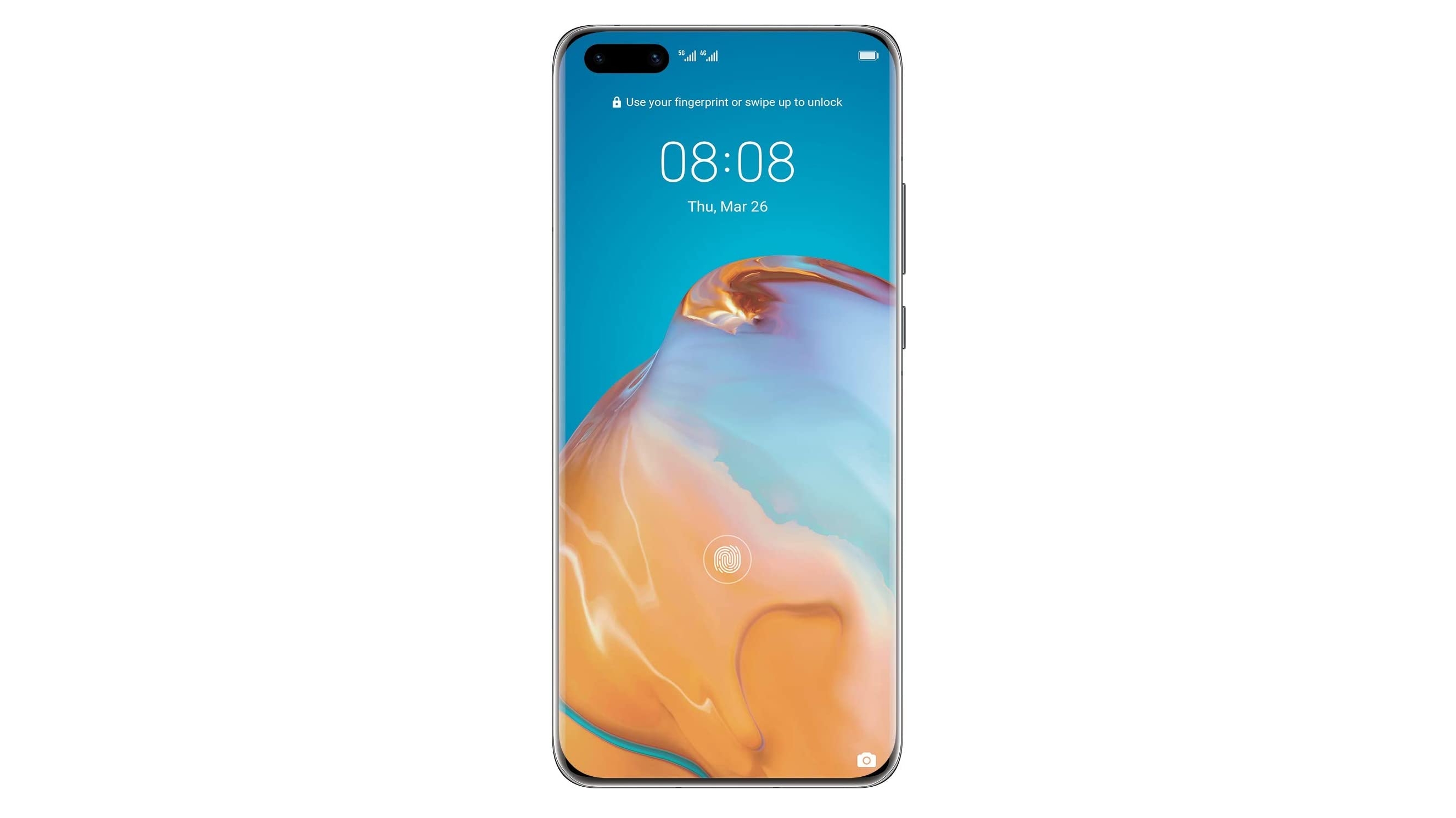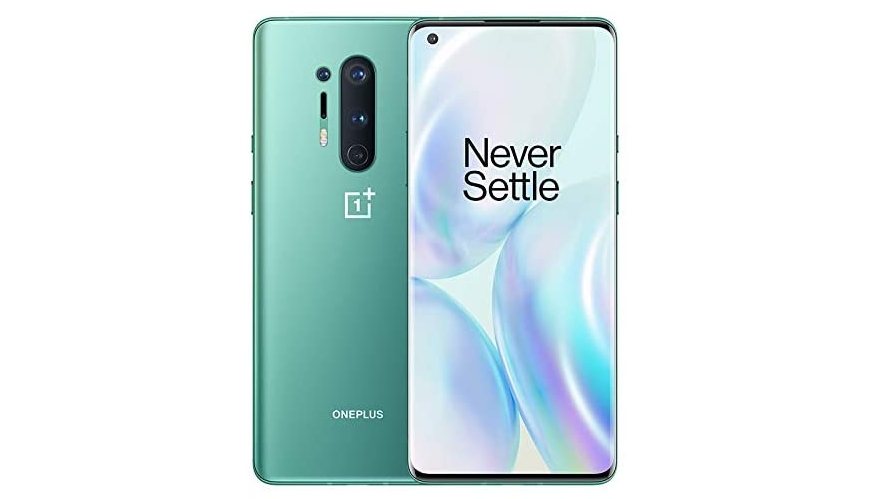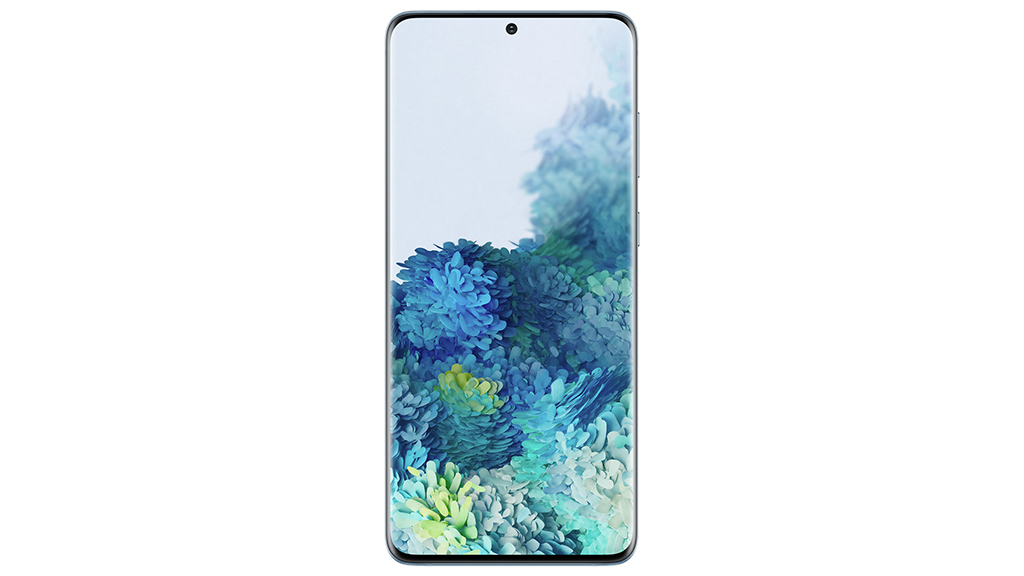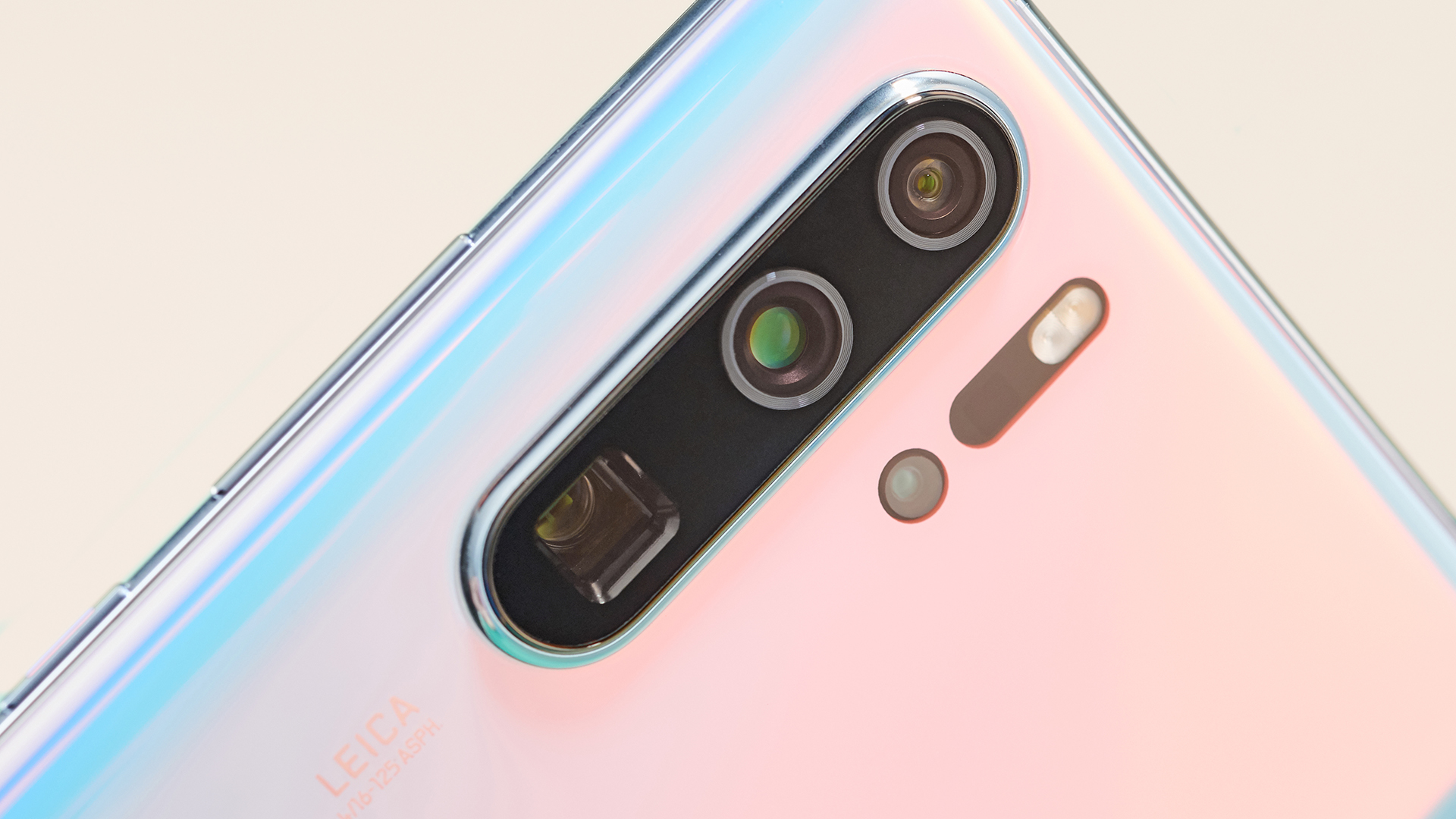The best camera phone in 2020 will be able to take pictures that you simply can't believe come from a smartphone: you're getting ease of use, versatility and a pocketable design that not even a the best mirrorless camera can give you.
At TechRadar we test smartphone cameras extensively, taking pictures in the various modes and from the different lenses and sensors any device may have. This helps us work out how each camera fares in the real world, so we've made this list of the best camera phones to help you choose which is best for you.
The specs and capabilities of a camera on a phone are important, after all, but they don't tell (or shoot) the whole picture - post-processing and image optimization can vary quite a bit by phone, and this can be instrumental in taking a good picture. In addition things like the availability of microSD slots, video quality and modes, and big shortcomings in the phone like poor battery life, can affect how good a phone is for photography.
So to help you, we've compiled this list of the best camera phones, that we've tested extensively, to help you when it comes to choosing your next camera phone. Now is a particularly good time to buy, with Amazon Prime Day 2020 and Black Friday 2020 coming up, as prices for these phones are likely to see some big discounts.
Note: We've just completed the Samsung Galaxy Note 20 Ultra review and we will be adding it to our best camera phone list shortly. It's certainly Samsung's best phone in terms of specs – although it's pricey – and includes a 5x optical and 50x digital zoom that rivals what Huawei can do. Stay tuned for an update to our rankings.
Best camera phones 2020 at a glance:
- Huawei P40 Pro
- iPhone 11 Pro
- Samsung Galaxy S20 Ultra
- OnePlus 8 Pro
- Samsung Galaxy S20 Plus
- iPhone 11
- Huawei P30 Pro

1. Huawei P40 Pro
The P40 Pro has superb cameras, but it’s not the best phone
Release date: April 2020 | Main camera: 50MP (f/1.9) | Telephoto: 12MP (f/3.4) | Ultra-wide: 40MP (f/1.8) | OIS: Yes | Front camera: 32MP | Weight: 209g | Dimensions: 158.2 x 72.6 x 9mm | Battery size: 4,200mAh | Max video quality: 4K 60fps | Storage: 128GB / 256GB / 512GB | Memory card slot: Yes
The Huawei P40 Pro is the best camera phone you can buy for under $1,000 / £900 it’s that simple. In fact, for a certain type of photographer - one who values a telephoto camera - it’s just the best camera phone around, period.
Recommending it comes with its own set of caveats given the Huawei/Google situation though. That’s why despite its extensive list of stellar features, you definitely need to read our P40 Pro review before picking one up. Irrespective of its software limitations though, its camera will knock your socks off.
The P40 Pro’s Leica-branded imaging system is spearheaded by a brand new 50MP sensor, which uses RYYB (red yellow yellow blue) sub-pixel formation, like the 40MP P30 Pro before it. Huawei claims this makes its cameras better able to handle dark scenes like a champion, and we can attest to the fact the P40 Pro absolutely can.
The main camera’s lens is a pretty standard f/1.9 aperture on paper, but with a huge sensor size (for a smartphone) and OIS, combined with Huawei’s mighty electronic image stabilisation, it’s still a low light star. This phone can pretty much see in the dark, even in automatic mode - something no other non-Huawei phones can do.
There’s also a 40MP f/1.8 ultra-wide camera, a 12MP telephoto camera that’s capable of 5x optical zoom or 50x digital zoom, and a time-of-flight (ToF) sensor for creating bokeh effects.
Photos taken on the P40 Pro are high on detail and low on noise. Unlike Samsung, Huawei’s photos don’t look overly sharpened, and while they aren’t as natural and neutral as those taken on the Oppo Find X2 Pro, many will prefer Huawei’s comparatively punchy style.
As far as zoom goes, while the P40 Pro may not get quite as close as the Galaxy S20 Ultra, the phone costs a lot less, and more importantly, delivers more consistent image quality across its cameras.
The rest of the phone’s hardware is top-tier, it looks a treat and has plenty of power, so if (and only if) you’re comfortable with the Google-free software experience, the P40 Pro packs plenty to love.
Read more: Huawei P40 Pro review

2. iPhone 11 Pro
The best point and shoot camera phone
Release date: September 2019 | Main camera: 12MP (f/1.8) | Telephoto: 12MP (f/2.0) | Ultra-wide: 12MP (f/2.4) | OIS: Yes | Front camera: 12MP | Weight: 188g | Dimensions: 144 x 71.4 x 8.1mm | Battery size: 3,046mAh | Max video quality: 4K 60fps | Storage: 64GB / 256GB / 512GB | Memory card slot: No
The iPhone 11 Pro doesn’t just feature the best smartphone camera Apple’s ever made, it’s also the best camera phone money can buy for a certain type of user. It’s reliable - you take a shot and it’s likely going to be a good one, even in middling light. Dynamic range is strong, and with three cameras, it’s versatile too.
The primary camera features a 26mm focal length, perfect for grabbing everyday snaps. The ultra-wide camera takes a step back so you don’t have to, getting more in the frame with its 13mm focal length. As for the telephoto camera, as with the iPhone XS, it zooms into your subject with a 52mm focal length - perfect for portraits.
While there’s no manual mode and the 12MP resolution is meagre on paper compared to some of the competition, results still impress, and Apple has introduced a new night mode which can hold the shutter open for incredible low light photography.
This can’t beat the Astrophotography feature on the Pixels when steadied on a surface or a tripod, but handheld, it’s up there with the best of them.
Add to the mix a beautifully consistent color and tonal profile across all three cameras, and if you’re an Apple fan looking for a camera champ, this is as good as it gets.
Read our full iPhone 11 Pro review

3. Samsung Galaxy S20 Ultra
The ultimate flagship - at an ultimate price
Release date: March 2020 | Main camera: 108MP (f/1.8) | Telephoto: 48MP (f/3.5) | Ultra wide: 12MP (f/2.2) | TOF: 0.3MP (f/1.0) | OIS: Yes | Front camera: 40MP + 40MP | Weight: 222g | Dimensions: 166.9 x 76 x 8.8 mm | Battery size: 5,000mAh | Max video quality: 4K 60fps | Storage: 128GB / 256GB / 512GB | Memory card slot: Yes
There’s a huge amount going on with the Samsung Galaxy S20 Ultra’s camera setup. For starters, you’ve got over 200 megapixels across the front and rear cameras, then there are those smart new shooting modes to talk about; and finally - there’s that huge zoom - 100x ‘Space Zoom’. Marketing jargon? Absolutely, but irrespective, the S20 Ultra’s camera is a telephoto champion.
It all starts with a 108MP primary camera sensor - the same as the one on the Xiaomi Mi Note 10. This time around, it’s combined with a 48MP optical zoom camera, a 12MP ultra-wide camera and a time-of-flight sensor around the back, which gathers depth information for the blurry background, sharp foreground Live Focus stills and video.
The Ultra’s zoom really is best-in-class when compared to other camera phones on the market. It uses a roughly 5x optical zoom with a high-resolution sensor to create virtually lossless 10x zoom images. Packing a fun Single take mode, the whole S20-range is social media-ready, capturing a range of photos and videos simultaneously so you can snap once, then decide later. They’re also all 8K-ready, shooting the highest resolution footage on the block.
Why isn’t the S20 Ultra higher in our list? It’s night mode can’t topple the best out there, and Samsung’s processing is aggressive; so photos can look a touch too punchy. That said, this is still a stellar camera phone with an excellent zoom.
Read our full Samsung Galaxy S20 Ultra review

4. OnePlus 8 Pro
The most accomplished OnePlus ever, but also the priciest
Release date: April 2020 | Main camera: 48MP (f/1.8) | Telephoto: 8MP (f/2.4) | Ultra wide: 48MP (f/2.2) | Depth: 5MP (f/2.4) | OIS: Yes | Front camera: 16MP (f/2.5 | Weight: 199g | Dimensions: 165.3 x 74.4 x 8.5 mm | Battery size: 4,510mAh | Max video quality: 4K 60fps | Storage: 128GB / 256GB | Memory card slot: No
OnePlus has stepped up its game when it comes to smartphone cameras, bringing the new OnePlus 8 Pro closer than ever to the best of the rest thanks to the fact it’s powered by Sony’s new 12-bit IMX689 sensor. With a large 1/1.4” size and 1.12-micron pixels, the OnePlus 8 Pro’s main camera can capture stunning bokeh and clear as day photos, even in middling light.
It isn’t just the sensor that’s specced out on the new OnePlus’s main snapper - thanks to phase detection autofocus and laser autofocus, not to mention OIS, it locks on quickly and keeps things steady across photography and video.
Unlike periscope zoom cameras, the OnePlus 8 Pro can’t compete when it comes to getting up close and personal to subjects from a distance. That said, its 8MP, f/2.4, telephoto camera packs a 3x optical zoom and OIS, so betters the iPhone 11 Pro’s max focal length.
The real boon when it comes to improvements on the OnePlus 8 Pro has got to be that 48 MP, GoPro-esque ultra-wide camera though. With a huge pixel count for an ultra-wide, an open f/2.2 aperture to let in plenty of light and a, 14mm (116°) angle of view, it gets plenty in frame and grabs more resolution than virtually any other ultra-wide camera around.
Finally, OnePlus’s 12MP color filter camera. This bizarre addition captures a twisted take on reality, giving standard colors a neon, almost metalic screen-printed finish.
Just like the OnePlus 7 Pro before it, video can be captured with a Super Stable video mode at up to Full HD, or in standard mode at up to 4K resolution. Is it the best camera phone you can buy? It’s definitely up there - but it can’t stack up to some other flagships. That said, as a package, it could be the best value across-the-board flagship around.
Read our full OnePlus 8 Pro review

5. iPhone 11
The most affordable iPhone gets excellent low light photography
Release date: September 2019 | Main camera: 12MP (f/1.8) | Telephoto: No | Ultra-wide: 12MP (f/2.4) | OIS: Yes | Front camera: 12MP | Weight: 194g | Dimensions: 150.9 x 75.7 x 8.3mm | Battery size: 3,110mAh | Max video quality: 4K 60fps | Storage: 64GB / 128GB / 256GB | Memory card slot: No
Unlike the iPhone 11 Pro, the vanilla iPhone 11 misses out on a telephoto camera, instead packing an Asus ROG Phone 2-style wide + ultra-wide dual snapper around the back.
Still, we’re delighted to see the new long exposure night mode fires up when shooting in low light on this lower-cost model.
This means the iPhone 11 can see in the dark, even when you’re hand-holding the phone, and the photo quality across its primary and ultra-wide cameras is fantastic. Another area all the iPhones in our list excel is video capture; they all shoot 4K resolution video at up to 60fps, and do so across all their lenses.
With smooth transitions between lenses and iMovie on board for basic edits, if we were going to pick up a smartphone for some easy-to-use, high-quality filmmaking, it would be any of the iPhones on our list.
Read our full iPhone 11 review

6. Samsung Galaxy S20 Plus
The Samsung Galaxy S20 Plus is just right
Release date: March 2020 | Main camera: 12MP (f/1.8) | Telephoto: 64MP (f/2.0) | Ultra wide: 12MP (f/2.2) | TOF: 0.3MP | OIS: Yes | Front camera: 10MP + 10MP (f/2.2) | Weight: 186g | Dimensions: 161.9 x 73.7 x 7.8 mm | Battery size: 4,500mAh | Max video quality: 8K 24fps | Storage: 128GB | Memory card slot: Yes
On many levels, we’re bigger fans of the S20 Plus than the Ultra. It costs cost less, and pack a much more manageable footprint. Even though they don’t have a “100x Space Zoom” or a 108MP main camera, they still take better snaps than last year’s S10 family.
The main camera across both the S20 and S20 Plus sports a traditional 12MP resolution, combined with a wide open f/1.8 and a 26mm focal length - pretty standard for a flagship. With 1.8µm sized pixels, the S20s won’t be winning any big-pixel awards, but thanks to Dual Pixel PDAF and OIS, they still nail it nine times out of 10, even in dimly lit scenes.
The 64MP telephoto camera may sound tantalizing - all that resolution combined with all that zoom. But, the ‘3x zoom’ these phones pack isn’t the whole picture. The S20’s 64MP sensor combines with a 29mm focal length - just 3mm greater than that of the 26mm main camera. The way it achieve a 3x zoom, however, is by cropping into the sensor, to achieve a 3x Hybrid Zoom. In turn, the phones can’t stack up to the periscope cameras on-test.
As for the ultra-wide cameras on both phones, they clock in at 12 MP, with an f/2.2 aperture and a 13mm focal length. If you’ve opted for the S20 Plus, you’ll also get a time of flight sensor around the back to grab depth information. This helps blur out the background in Live Focus mode, though both phones offer respectable portrait-style shots.
As with the S20 Ultra, the S20 and S20 Plus shoot 8K video at 24fps, and 4K video at up to 60fps. They also capture HDR video too, a relatively unique feature among smartphones today.
Read our full Samsung Galaxy S20 Plus review

7. Huawei P30 Pro
The best camera phones you can buy
Release date: March 2019 | Rear camera: 40MP + 20MP + 8MP + ToF | Front camera: 32MP | OIS: Yes | Rear camera aperture: f/1.6, f/2.2, f/3.4 | Weight: 192g | Dimensions: 158 x 73.4 x 8.4mm | Battery size: 4,200mAh
The Huawei P30 Pro has got to be pretty special, given the fact it still clings onto a top three spot despite launching at the beginning of 2019.
Its excellence comes down to its 'periscope' telephoto lens which takes astounding optically zoomed-in shots at a distance, and its fantastic low light performance, that actually bests the iPhone 11 Pro and Google Pixel 4s in automatic mode, though not always in night mode.
There were a lot of cameras to test on this phone, including four on the back: a 40MP main lens, an 8MP telephoto lens, a 20MP ultra-wide lens, and then a ToF (time-of-flight) camera to sense depth for portrait photos.
The Huawei P30 Pro camera also uses an RYYB (red yellow yellow blue) sensor instead of the industry-standard RGB (red green blue) sensor to capture more light, and it shows. The snaps we took for our review had more detail and less shadow than most of the competition, yet they didn't look completely overexposed.
It's all amazing for a smartphone, but not entirely perfect. We did notice some purple fringing in areas, and the camera software controls aren't always responsive when switching between ultra-wide, 5x zoom, 10x zoom and digital 50x zoom. But the fact that you can get insanely close to objects with a 50x zoom and also shoot at night as if all of the lights were on really sets a new bar for camera phones.
Read our full review: Huawei P30 Pro
from TechRadar - All the latest technology news https://ift.tt/36VxfPk
Aucun commentaire: